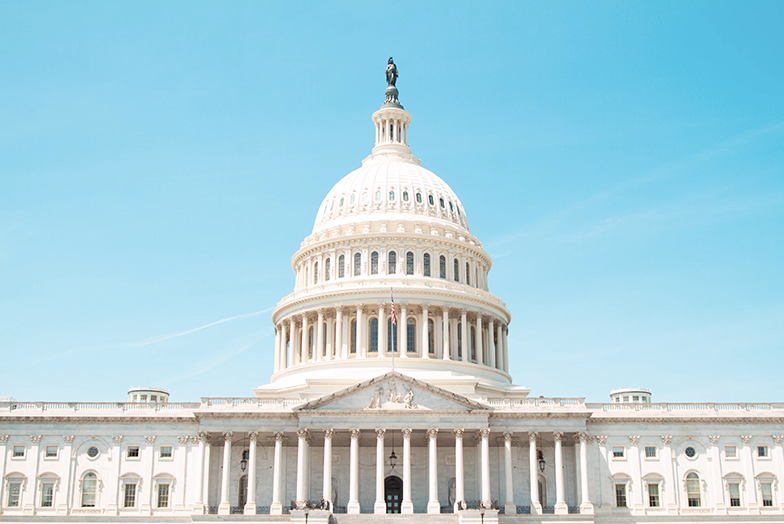On Thursday, the Senate revealed the 142-page Better Care Reconciliation Act (BCRA) -– their answer to the House’s American Health Care Act. It provides the answers stakeholders have been waiting for. Certainly, not everyone will like the answers, but it does make clear what the Republican vision for the future of health care in the US is. BCRA mirrors the House bill in many ways, with a few differences. Key provisions are summarized below:
What’s the same as the House Bill
- Ends the individual and employer mandates – The Senate bill takes these repeals even further, by not penalizing individuals with a break in coverage. Some lawmakers are saying that removing the mandates will provide more freedom. However, the likely outcome will be that people who buy insurance will be older and sicker, thus skewing the risk pool.
- Increases potential cost for older vs younger people – As under the House bill, the price difference for older people can be 5x more than younger people instead of 3x more under ACA.
- Eliminates taxes — ACA taxes on wealthy people and on insurers that were designed to help fund the program are removed under BCRA.
- Ends requirement for essential health benefits – The Affordable Care Act (ACA) “essential health benefits” that include maternity care and mental health treatment will no longer be required. States can seek waivers to offer more pared down benefits.
What’s different from the House Bill
- Subsidies – Subsidies to individuals would remain based on income as they are under ACA, not age as proposed by the House. However, there would be tighter criteria to qualify for a subsidy starting in 2020, and fewer people receiving them. Cost Sharing Reduction (CSR) payments to insurers would continue until 2020, which is news insurers have anxiously been awaiting as they ponder whether to continue to participate in the individual marketplace.
- Medicaid cuts – The cuts to Medicaid funding are greater than under the House bill, although they will be phased in more slowly. Medicaid funding would continue as is until 2021, then be phased out over three years. The overall way that funding to states works would also change, to be a fixed amount per state.
- Pre-existing conditions – Under the Senate bill, states can’t file waivers to exclude coverage for people with pre-existing conditions or to cover them differently, such as through high-risk pools. But, people with pre-existing conditions could be affected by the end of essential health benefits in states that file for and get those waivers.
BCRA also tries to address the growing opioid addiction crisis in the US, by allocating $2 billion for funding opioid programs in 2018, significantly less than the $45 billion that senators from Ohio and West Virginia requested.
Next up: A Senate vote before the July 4 holiday weekend. With four Republican Senators saying they can’t currently support the bill as is, there will be a lot to watch for next week.






